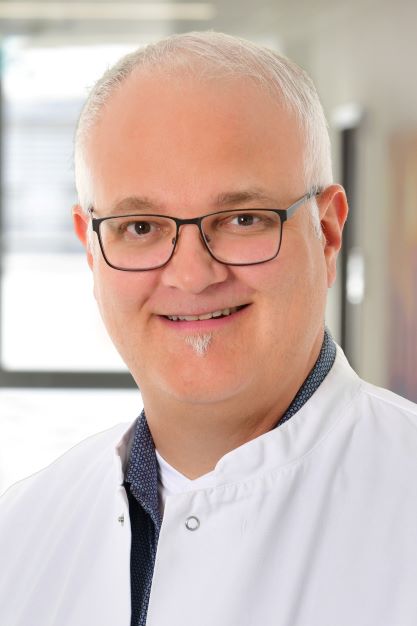
A robot assisted radical prostatectomy is a minimal invasive surgical procedure in which the entire prostate gland is removed. This operation is usually recommended when prostate cancer is confined to the prostate and has not spread to other organs. The goal of the surgery is to completely remove the cancer and to give the patient the best chance of long-term recovery.
During the procedure, the prostate gland, and if applicable, lymph nodes are removed. There are different surgical approaches, but today’s most common and modern method is robot-assisted radical prostatectomy using the da Vinci® surgical system.
This minimally invasive technique allows the surgeon to operate with extreme precision through very small incisions. The robot translates the surgeon’s hand movements into highly precise micro-movements of the surgical instruments.
Compared to traditional open surgery, robot-assisted prostatectomie offers several advantages:
Because the nerves responsible for continence and sexual function run very close to the prostate, precise surgery is crucial to preserve these nerves. With robot assisted surgery nerve-sparing surgery is enabled but its application is depending on individual situations.
A radical prostatectomy is a major surgery, that may represent an applicable treatment option for men suffering from localized prostate cancer. Decision making on the best treatment option will be discussed with the medical team and depends on important topics such as:
Most patients return to daily activities within a few weeks after a prostatectomy. Physical activity, pelvic floor training, and regular follow-up examinations in your home country contribute significantly to recovery and long term results.

